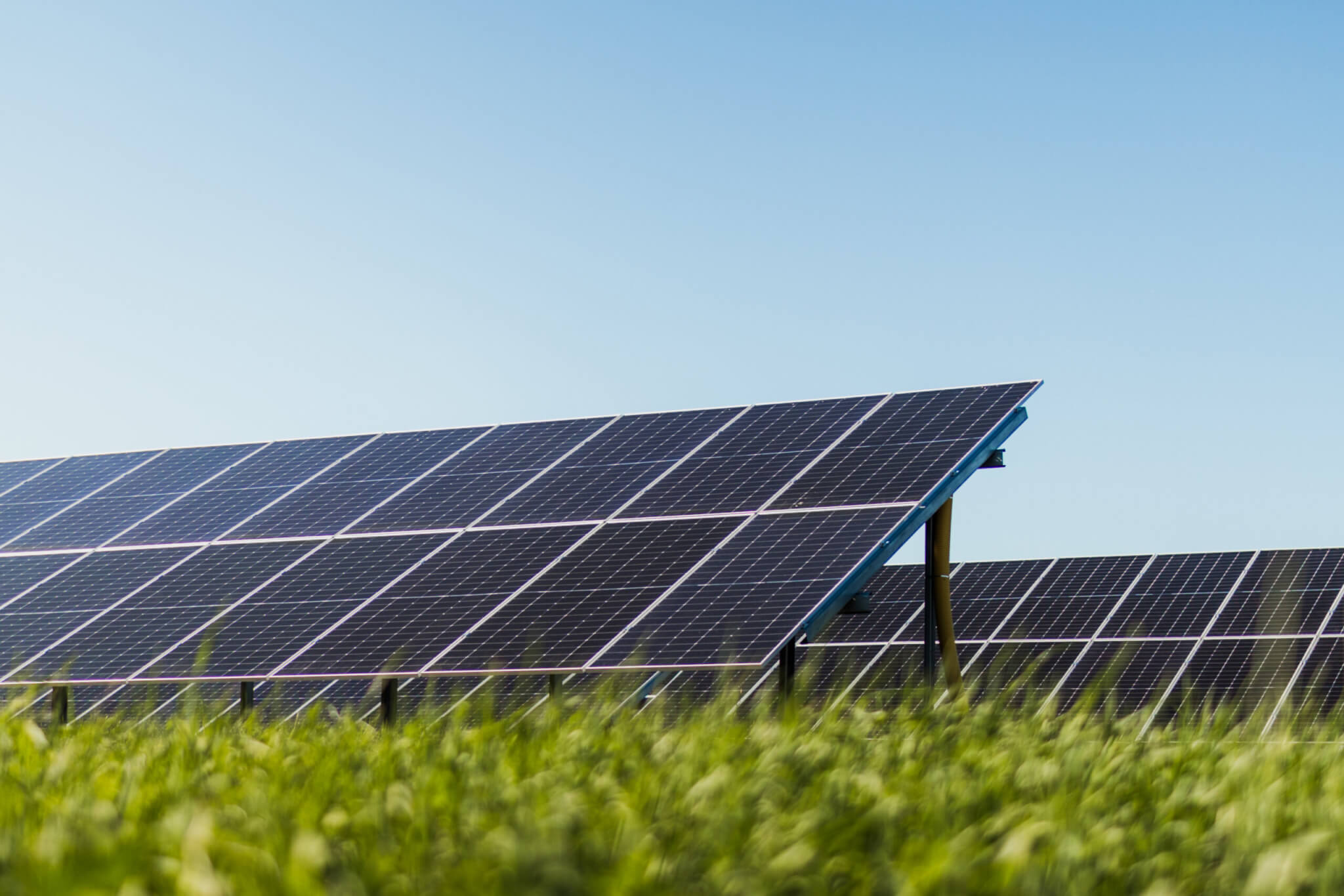The construction of industrial-scale solar power has picked up pace in Finland, with significant growth in both capacity and the number of projects over the past two years. Currently, solar power is produced in more than 20 Finnish municipalities, with the total capacity of industrial-scale solar power exceeding 120 megawatts.
Industrial-scale solar power, defined as installations with a capacity of over one megawatt, has been developed in Finland on a larger scale for approximately two years. By the end of 2024, Finland had over 120 megawatts of operational industrial solar power, nearly half of which—just under 60 megawatts—was commissioned in 2024. The largest operational solar power plant (32 megawatts) is currently located in Lakari, Rauma.
In the coming years, the growth of solar power in Finland is expected to accelerate. The first large-scale solar power plants, exceeding 100 megawatts, are currently under construction or in the permitting phase. Based on these projects, Finland’s industrial solar power capacity is set to multiply rapidly. According to Fingrid’s forecasts, the capacity of solar power plants could reach 16 gigawatts by 2035.
“Finland offers excellent conditions for solar power production. Solar radiation levels in southern and central Finland are comparable to those in northern Germany, which is Europe’s leader in solar power. Finland’s cool climate is ideal for solar power production, as the efficiency of solar panels improves in lower temperatures. Additionally, our undeniable competitive advantage is the abundance of land: there is plenty of space. Solar power is suitable for various environments, and areas with lower land use value, such as old peatlands, can be utilized effectively. Finland is also seen as an attractive market internationally,” says Klaara Tapper, advocacy manager at Renewables Finland.
Solar and wind power complement each other well. Solar power generates electricity primarily during summer months and daylight hours, while wind power production peaks in winter. Both can be built on the same site to share infrastructure, such as access roads and connection lines, smoothing regional production variations.

